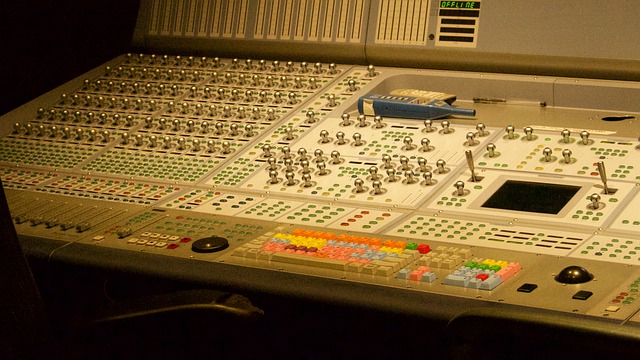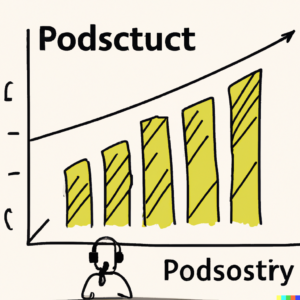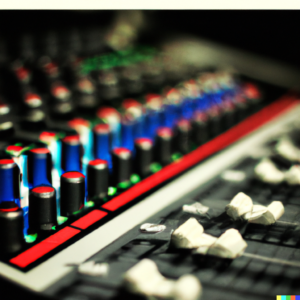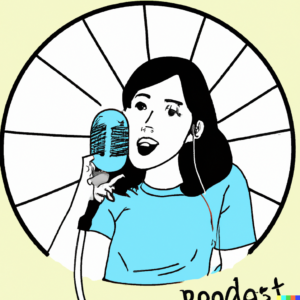When I’m scrubbing through podcasts, working to find something worth listening to, bad audio is an immediate skip. There are a lot of aspects that make it easier for me to pass by your podcast but today we’re talking about audio, and what you’re doing wrong.
About 4 times per month for the last 3 years, I’ve performed some remote consultations for podcast audio. I’ve found podcasters with incredible equipment and awful audio, and crap equipment with awful audio.
(If the audio was great, why would they need a consult?)
I can make great audio with a $20 mic, or a $2,000 mic. It’s not about the mic, but the application of the mic – and the recording environment. You don’t need a studio, but anything is better than your backyard while your neighbor is mowing (yes, this has happened).
Quick aside. Laptop microphones and smartphone mics are unacceptable. Always.
What you’re looking for in a great recording environment is a 1. quiet and 2. non-reverberant (echo-free) space. If you pair that with great proximity to the mic, you’re all set!
Let me add a little emphasis on that last point, mic proximity. This is like good lighting when it comes to film. Mic proximity enhances the quality of your voice across the entire frequency spectrum. Proximity-effect is adding the body to your voice so you sound like you’re on the radio.
Let me remind you all again that if you’re making a podcast, or any art – be lazy! That’s fine but expect nothing. If you throw a deck of cards (52 cards) out on to the floor, you need to be the single card that stands up. Set your expectations high, treat your listeners with respect and deliver quality from every angle.
